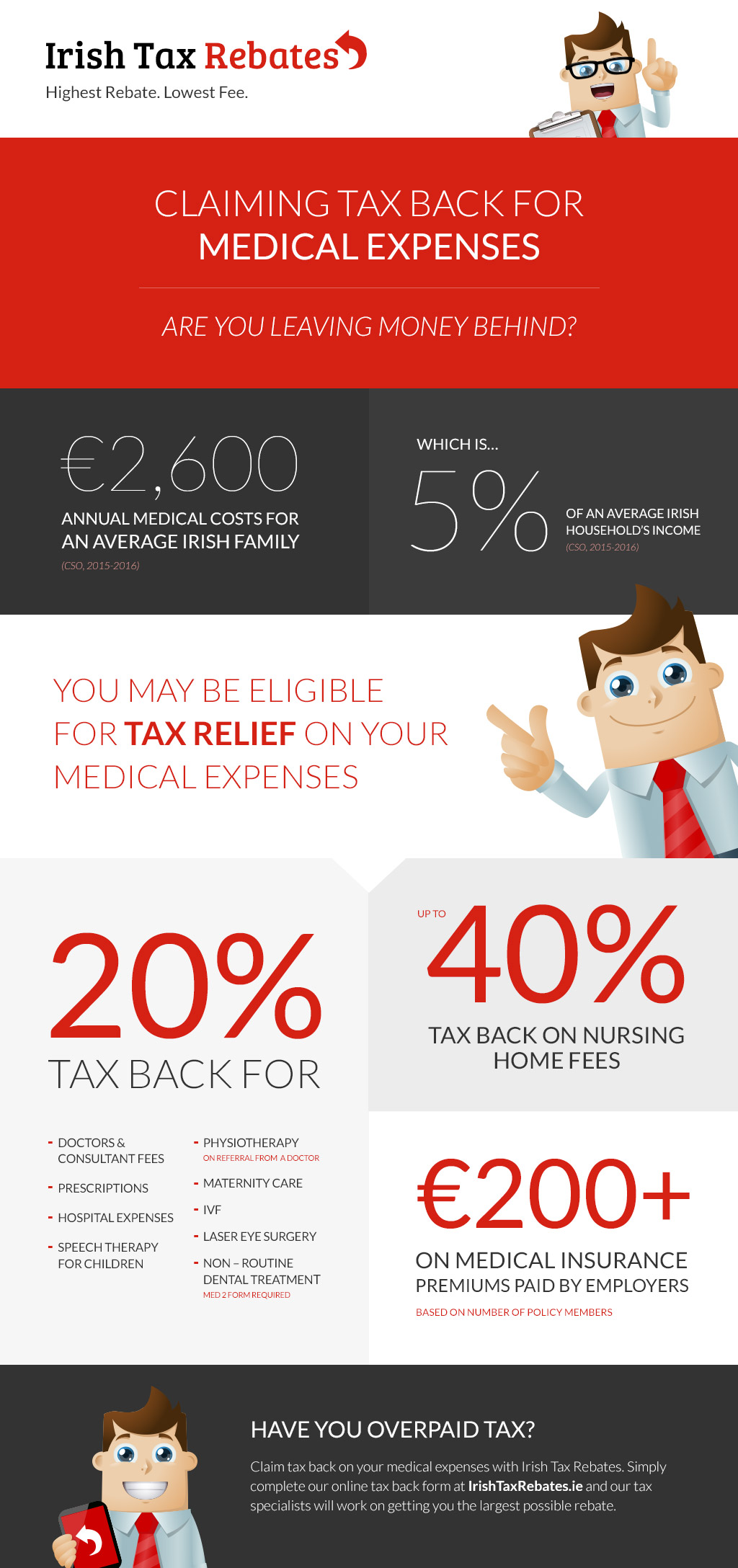Refractive Lens Exchange: A Substantial Handbook For Optimum Vision
Refractive Lens Exchange: A Substantial Handbook For Optimum Vision
Blog Article
Developed By-Lundqvist Kaspersen
If you're over 40 and having problem with vision concerns like hyperopia or nearsightedness, Refractive Lens Exchange (RLE) might be worth thinking about. This treatment replaces your all-natural lens with a synthetic one, potentially reducing your dependence on glasses. While the benefits are appealing, it's essential to recognize the dangers and eligibility demands. What should you know before making a decision that could change your vision permanently? Let's explore this topic further.
Recognizing Refractive Lens Exchange
Recognizing Refractive Lens Exchange (RLE) can be vital for those considering vision adjustment alternatives.
RLE is a surgery that replaces your eye's natural lens with an artificial intraocular lens. It's mostly focused on dealing with serious refractive errors, such as hyperopia, nearsightedness, or presbyopia.
During the procedure, your doctor will remove your over cast or clear lens and replace it with a lens tailored to your vision needs. This alternative is frequently considered for individuals over 40 that may not be suitable prospects for LASIK.
By selecting RLE, you're not just boosting your vision; you're also possibly reducing your dependence on glasses or get in touch with lenses.
Recognizing just how RLE jobs will certainly empower you to make informed decisions regarding your vision health.
Benefits and Risks of RLE
Choosing RLE not only supplies an opportunity to enhance your vision however also comes with its own collection of benefits and threats.
One significant advantage is the possibility for more clear vision, decreasing or removing your dependence on glasses or contact lenses. You may also experience a broader range of vision, particularly if you go with multifocal lenses.
Nonetheless, there are dangers entailed, such as infection, difficulties during surgical procedure, or frustration with the outcomes. Some people experience visual disruptions like halos or glare.
It's essential to weigh these benefits and dangers very carefully. Consulting with your eye care expert can assist you make an educated choice that straightens with your vision goals and lifestyle.
Qualification Standard for Refractive Lens Exchange
Prior to considering Refractive Lens Exchange (RLE), it's essential to figure out if you meet the qualification criteria. Usually, you're a good prospect if you more than 40 years of ages and have a steady prescription.
You must additionally be experiencing refractive errors like nearsightedness, hyperopia, or presbyopia. https://www.businesswire.com/news/home/20210310005081/en/Price-Vision-Group-Participating-in-Clinical-Study-of-Investigational-Growth-Factor-Treatment-for-Eye-Disorder-Fuchs-Endothelial-Corneal-Dystrophy is necessary to have healthy eyes without any substantial diseases, such as cataracts or glaucoma.
Furthermore, you should remain in excellent general wellness and not have any conditions that might influence healing, like unchecked diabetes mellitus. If you wear contact lenses, you might need to quit using them for a while prior to your evaluation.
Consulting with an eye treatment professional will assist you recognize your specific scenario and whether RLE is right for you.
Conclusion
In conclusion, refractive lens exchange can change your vision and lower your dependence on glasses or contacts. While https://dantelfatn.like-blogs.com/35322216/what-you-can-expect-during-your-smile-eye-surgical-procedure-appointment uses many advantages, it's important to comprehend the threats and guarantee you satisfy the qualification requirements. Consulting with an eye treatment expert will certainly assist you make an informed decision tailored to your requirements. If you're taking into consideration RLE, make the effort to explore your alternatives and review any kind of concerns, leading the way for more clear, extra vibrant eyesight.
